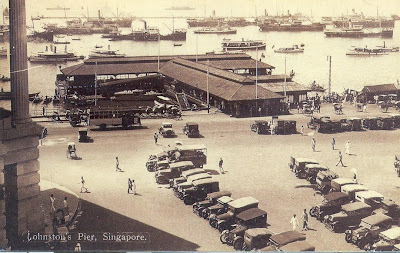San Antonio (Spanish for "Saint Anthony") is the seventh most populous city in the United States of America and the second most populous city in the state of Texas, with a population of 1.3 million
San Antonio was named for Saint Anthony of Padua, whose feast day is on June 13, when a Spanish expedition stopped in the area in 1691.Famous for Spanish missions, the Alamo, the River Walk, the Tower of the Americas, the Alamo Bowl, Marriage Island and host to SeaWorld and Six Flags Fiesta Texas theme parks. The city is home to the four-time NBA champion San Antonio Spurs and theannual San Antonio Stock Show & Rodeo, one of the largest in the country.
San Antonio has a strong military presence—it is home to Fort Sam Houston, Lackland Air Force Base, Randolph Air Force Base (which constitute Joint Base San Antonio), Lackland AFB/Kelly Field Annex and Brooks City-Base, with Camp Bullis and Camp Stanley outside the city. Kelly Air Force Base operated out of San Antonio until 2001, when the airfield was transferred over to Lackland AFB .
The picture on the card sent to me by Diane Marie of San Antonio is that of The famous San Antonio River Walk (also known as Paseo del Río) is a network of walkways along the banks of the San Antonio River, one story beneath the streets of Downtown San Antonio, Texas, USA. Lined by bars, shops and restaurants, the River Walk is an important part of the city's urban fabric and a tourist attraction in its own right.
Today, the River Walk is an enormously successful special-case pedestrian street, one level down from the automobile street. The River Walk winds and loops under bridges as two parallel sidewalks lined with restaurants and shops, connecting the major tourist draws from the Alamo to River centre Mall, to the Arneson River Theatre, to Marriage Island, to La Villita, to Hemis Fair Park, to the Tower Life Building, to the San Antonio Museum of Art, and the Pearl Brewery. During the annual springtime Fiesta San Antonio, the River Parade features flowery floats that "float" down the river.
























